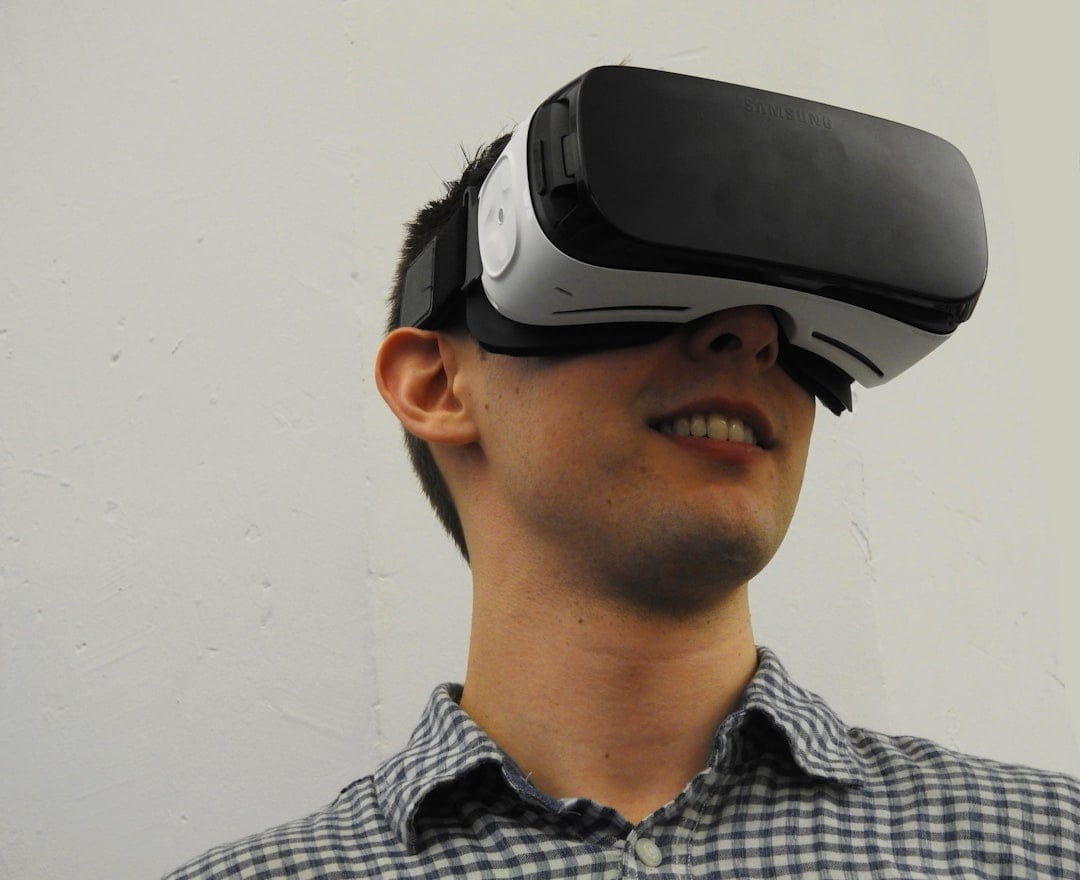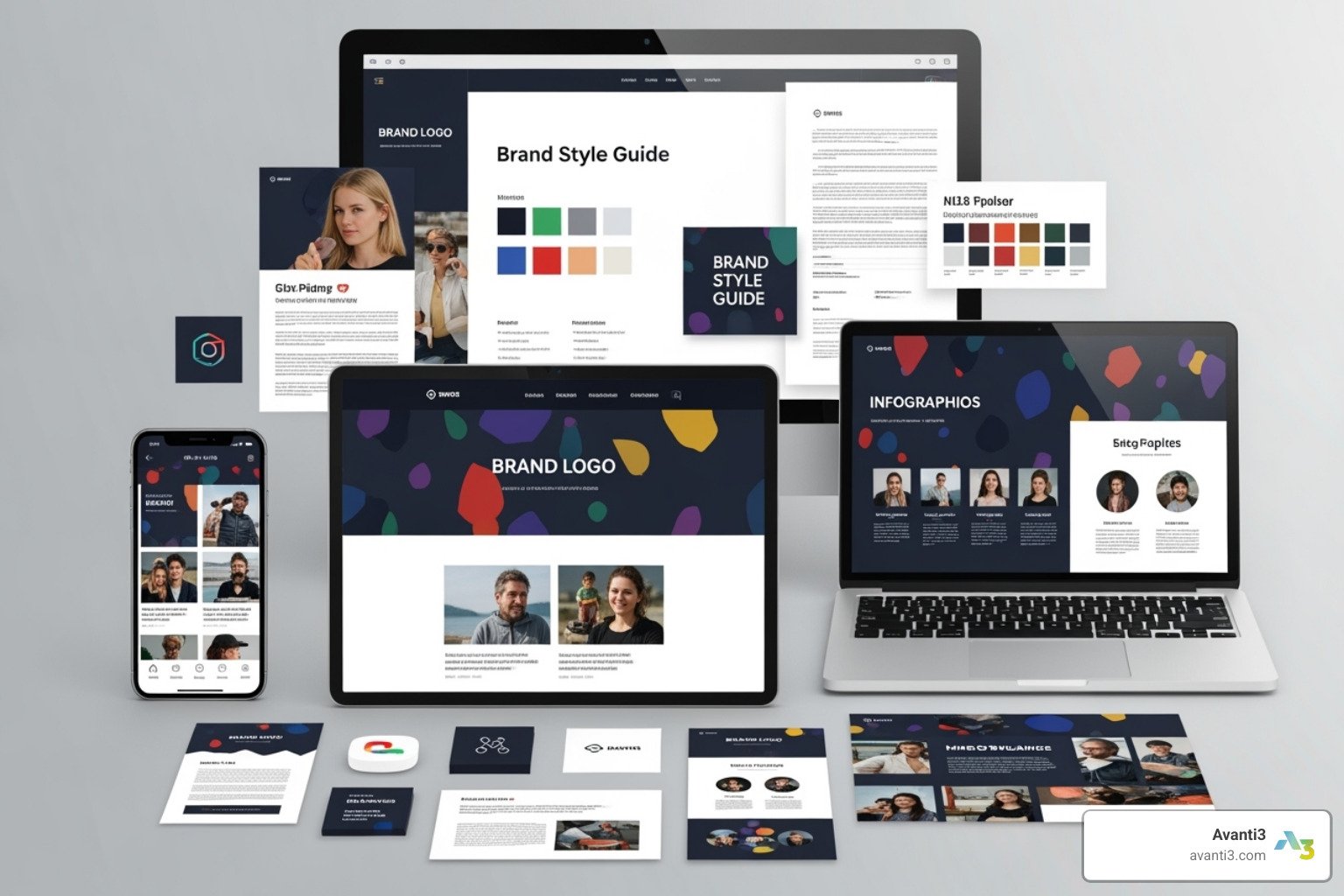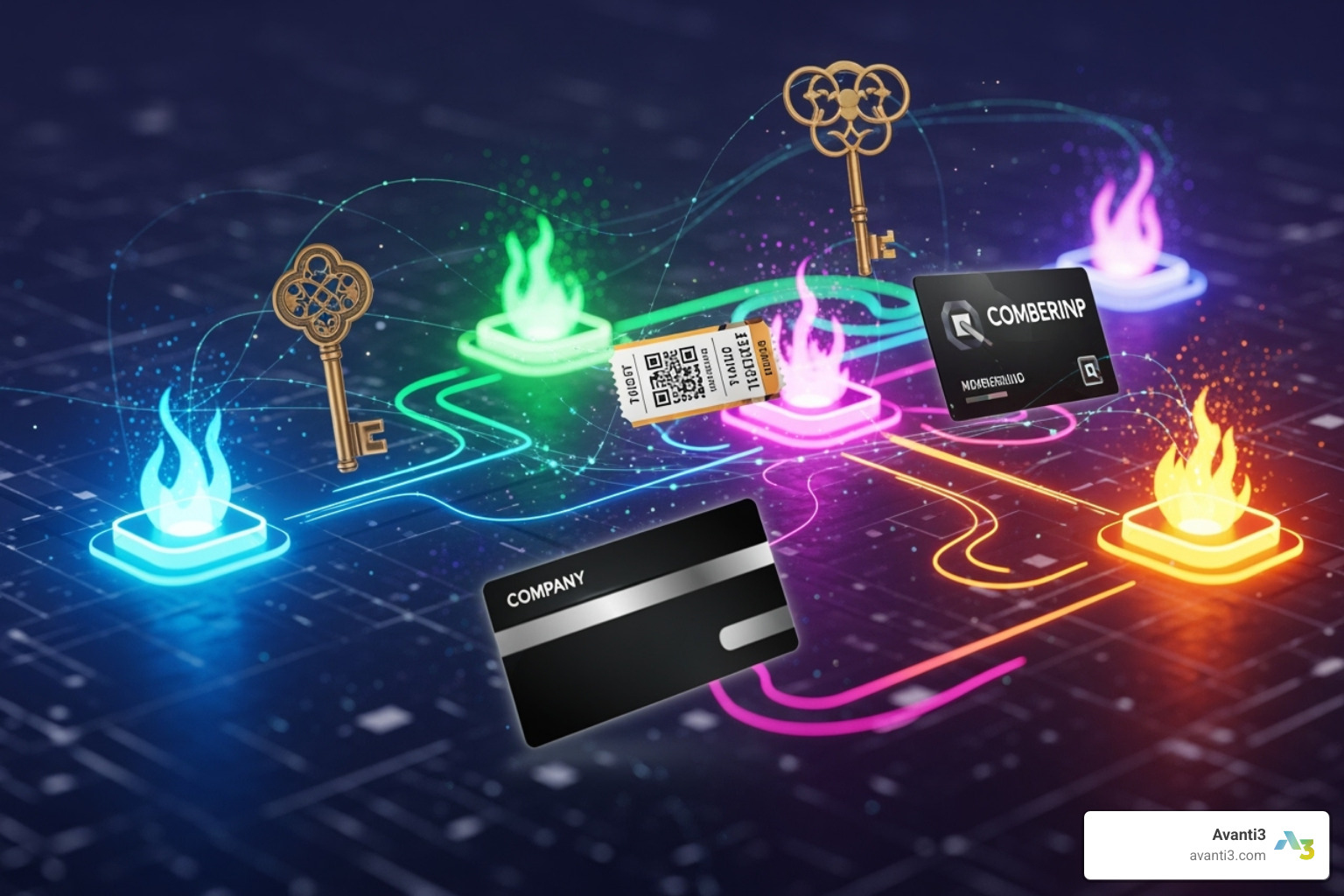From Flat Screens to Immersive Worlds
A 3d experience vr transforms how we design and engage with digital content, moving us beyond 2D screens into immersive virtual environments. This technology lets users step inside their creations, walk around 3D models, and interact with digital objects as if they were physically present.
What does immersive 3D VR offer?
- Virtual prototyping – Test products before they’re built
- Immersive collaboration – Teams work together in shared virtual spaces
- Real-time visualization – See changes instantly in 3D environments
- Improved training – Risk-free simulations for complex scenarios
- Customer engagement – Let clients experience products virtually
The shift from flat blueprints to immersive worlds represents a fundamental change. Instead of viewing a car engine on a monitor, engineers can now walk around it and manipulate components with their hands. This change affects industries from automotive design to real estate, where clients can tour properties before they’re built. Pioneering solutions are enabling “virtual twins” that bridge the physical and digital worlds, revolutionizing product development.
I’m Samir ElKamouny AV, and through my work helping businesses scale through innovative marketing and technology solutions, I’ve seen how a 3d experience vr revolutionizes customer engagement and product development. My experience with emerging technologies has shown me that VR isn’t just a tool – it’s a complete paradigm shift that creates deeper connections between brands and their audiences.
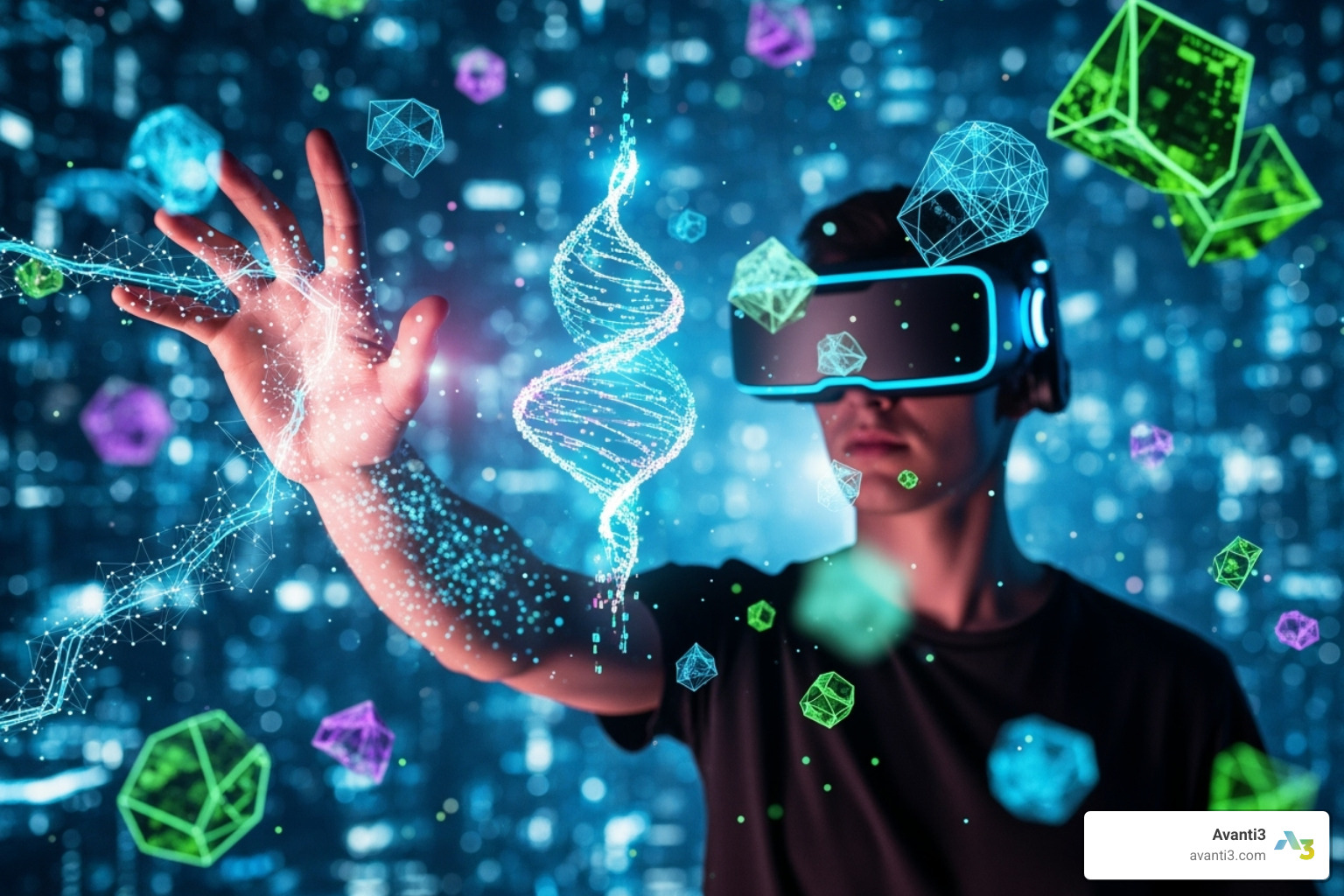
When we talk about a 3D experience, we’re referring to any interaction with digital content that possesses depth, width, and height. What VR does is catapult this 3D content into an entirely new dimension of engagement. When combined with 3D content, VR lifts the experience by:
- Providing a sense of presence: Instead of observing a 3D model on a screen, VR places us inside the model as active participants.
- Enabling natural interaction: In a 3d experience vr environment, we can interact with digital objects using our hands and body language, much like in the physical world.
- Boosting understanding: By allowing us to inhabit different perspectives, VR can foster a profound sense of empathy and understanding.
- Facilitating collaboration: Teams can meet within a virtual space to interact with 3D models together, regardless of their physical location, improving communication and decision-making.
The core of this improvement is immersion. It’s the difference between looking at a picture of a roller coaster and feeling the turns. Our brains are tricked into believing the virtual world is real, creating a memorable and impactful interaction that flat screens cannot match. Our focus on Digital Experience Design is about crafting these powerful journeys for users.
The Transformative Power of 3D Experience VR
Revolutionizing Industries: Key Benefits and Applications
When businesses accept a 3d experience vr, they’re making a smart strategic move that delivers real results. I’ve watched companies transform their entire customer experience and see their bottom line improve dramatically.
Consider car shopping. Instead of spending hours at dealerships, imagine a virtual showroom where you can customize your dream car in real-time and even take it for a virtual test drive. Companies are using VR configurators to achieve higher conversion rates and build customer confidence.
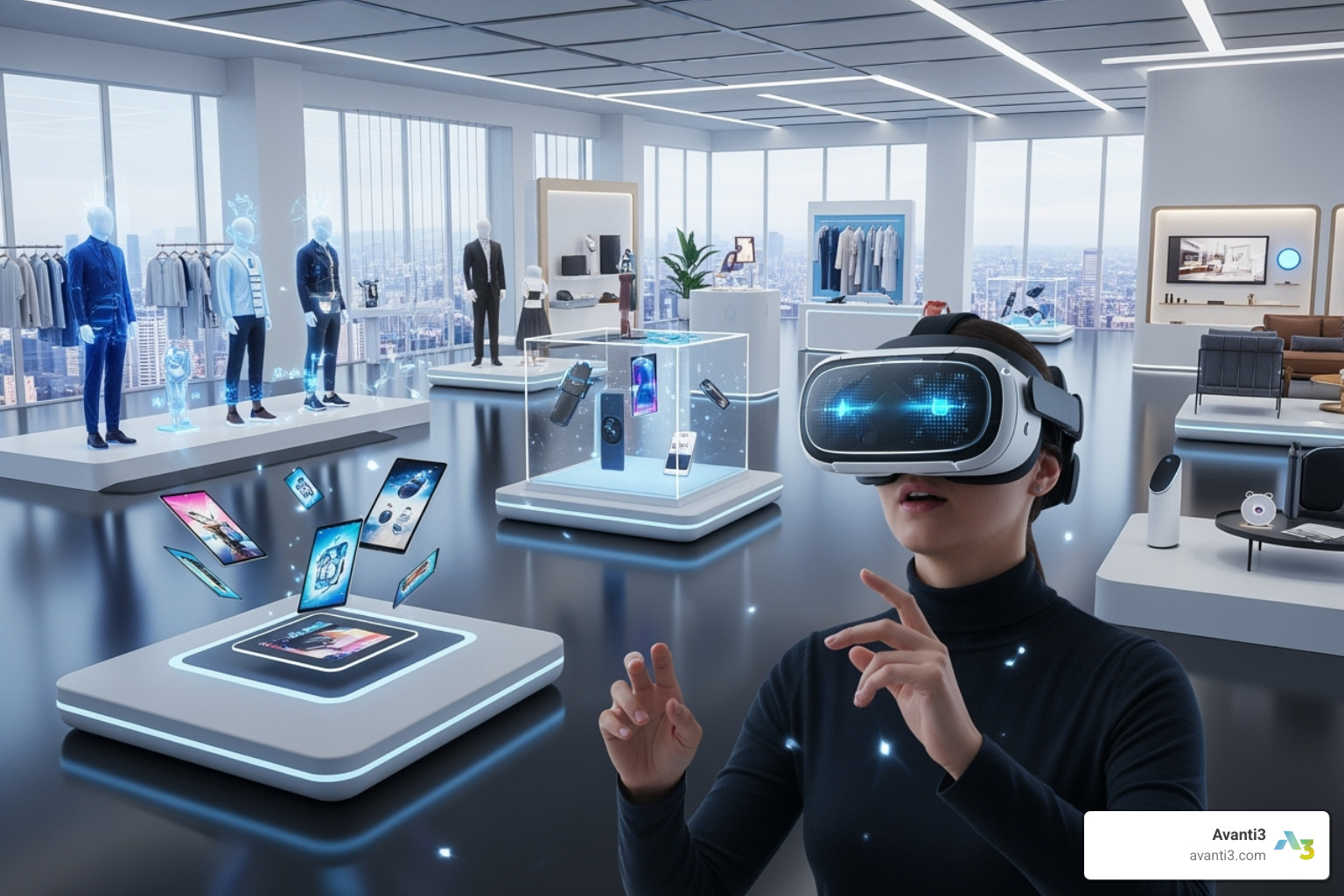
The financial benefits are impressive too. A 3d experience vr offers a brilliant alternative to costly physical showrooms and prototypes. One virtual showroom can serve thousands of customers without the overhead of rent, utilities, or physical inventory.
In training and skill development, the impact is profound. Surgeons can practice complex operations and factory workers can learn to handle dangerous equipment in risk-free simulations. These realistic environments allow for repetition and continuous improvement with detailed analytics, all in complete safety.
The customer engagement improvements are remarkable. Instead of browsing static product photos, customers can explore products in incredible detail, creating a deeper emotional connection with brands that traditional marketing can’t match.
The data collection potential is also immense. VR environments capture detailed user behavior insights, helping businesses refine products and marketing strategies.
The applications span virtually every industry you can imagine:
Retail and e-commerce companies are creating virtual stores where customers can browse collections and visualize products in their own homes. Healthcare and medical training facilities use VR for everything from surgical practice to therapy. Real estate and property development firms offer virtual tours of homes before they’re even built.
Education and training institutions are making complex subjects come alive through immersive simulations, while manufacturing and design teams use VR to optimize designs before expensive physical prototypes are created. The automotive industry has acceptd this technology, allowing customers to explore and configure vehicles in lifelike virtual environments.
Our work in Virtual Art Experiences shows how VR transforms creative engagement, opening up new ways for artists to connect with their audiences and for people to experience art in deeply personal ways.
Crafting the Virtual: Development of 3D Experience VR
Creating a compelling 3d experience vr is a blend of artistic creativity and technical precision. It starts with a simple question: what world do we want to create?
The journey begins with 3D modeling, where artists sculpt the virtual world. The choice between low poly (for performance on mobile VR) and high poly (for stunning realism on high-end headsets) is a key decision.
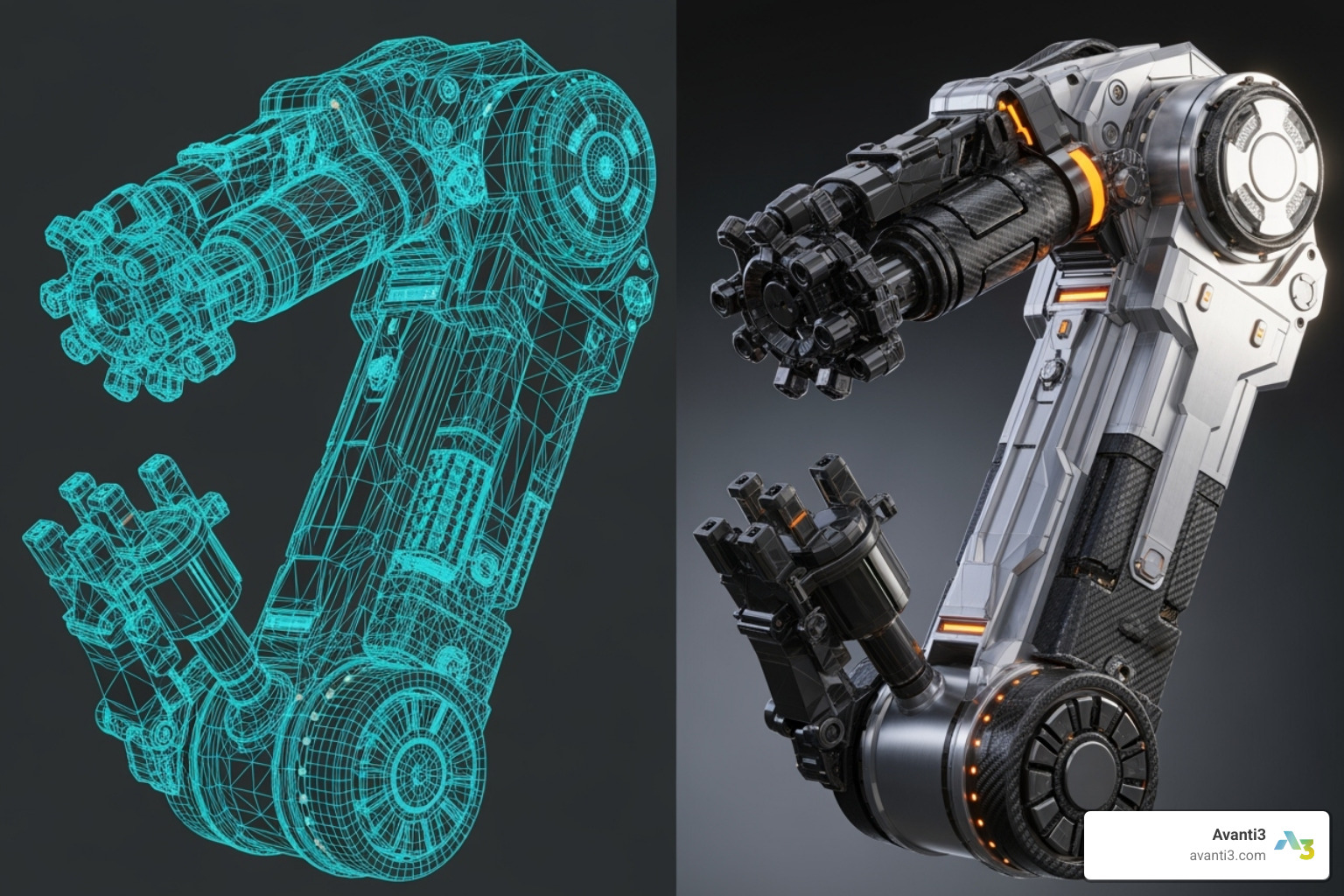
Polygon optimization is crucial to ensure the VR application runs smoothly, as lag or stuttering graphics can break immersion and even cause motion sickness.
Once models exist, they come alive through real-time rendering, which generates images instantly in response to every head turn and hand movement.
User interaction design is another critical piece. Instead of clicks, users engage with their hands and body. Designers must create intuitive controls, haptic feedback, and spatial audio to make every interaction feel natural and responsive.
Technical considerations like the choice of VR headset (e.g., Oculus Quest, Valve Index, HTC Vive) influence graphical capabilities and interaction methods. Development teams use powerful engines like Unity or Unreal Engine to manage 3D graphics and physics. For broader accessibility, WebVR and WebXR technologies deliver content directly through web browsers.
Best practices include maintaining high frame rates (90+ fps), minimizing latency, and designing comfortable movement to prevent motion sickness. Believable physics, lighting, and spatial audio are essential to convince users they’ve entered another world.
The User Journey: What to Expect from an Immersive Event
Stepping into a 3d experience vr event feels like crossing into another dimension. Knowing what to expect helps ensure your journey goes smoothly.
Most immersive VR events last around 45 minutes, with a total visit time of about an hour including check-in and preparation. It’s best to arrive 15 minutes early.
Age requirements are typically 8 years and older for safety, with parental supervision and a waiver required for children aged 8-12.
Accessibility is improving across the industry. Many venues accommodate wheelchairs, sometimes offering special time slots for visitors with mobility challenges. If you have balance issues or vertigo, mention this to staff, as they may provide stability aids.
Health considerations matter. If you have epilepsy, severe motion sickness, heart conditions, or are pregnant, consult your healthcare provider before participating, as flashing lights or environmental simulations might affect certain conditions.
For what to wear, comfortable clothing and closed-toe shoes work best. Avoid hats or large backpacks, which can interfere with the equipment.
Eyeglasses and hearing aids usually work with VR headsets, though glasses with very wide frames might be uncomfortable. Hearing aids typically cannot connect directly to the headset’s audio.
Group sizes vary, so if you want to experience it with friends, ensure your entire group checks in at the same time.
These events offer extraordinary adventures, from exploring ancient landscapes with dinosaurs to walking through the International Space Station.
Ready to book your own immersive VR journey? You can find tickets through platforms like Fever. If you’re planning a visit, checking directions to VR experience locations beforehand ensures a seamless adventure from start to finish.
The Next Frontier: Web3, AI, and the Future of 3D Experience VR
The world of 3d experience vr is constantly evolving, with Web3 and Artificial Intelligence promising new levels of immersion, ownership, and interactivity.
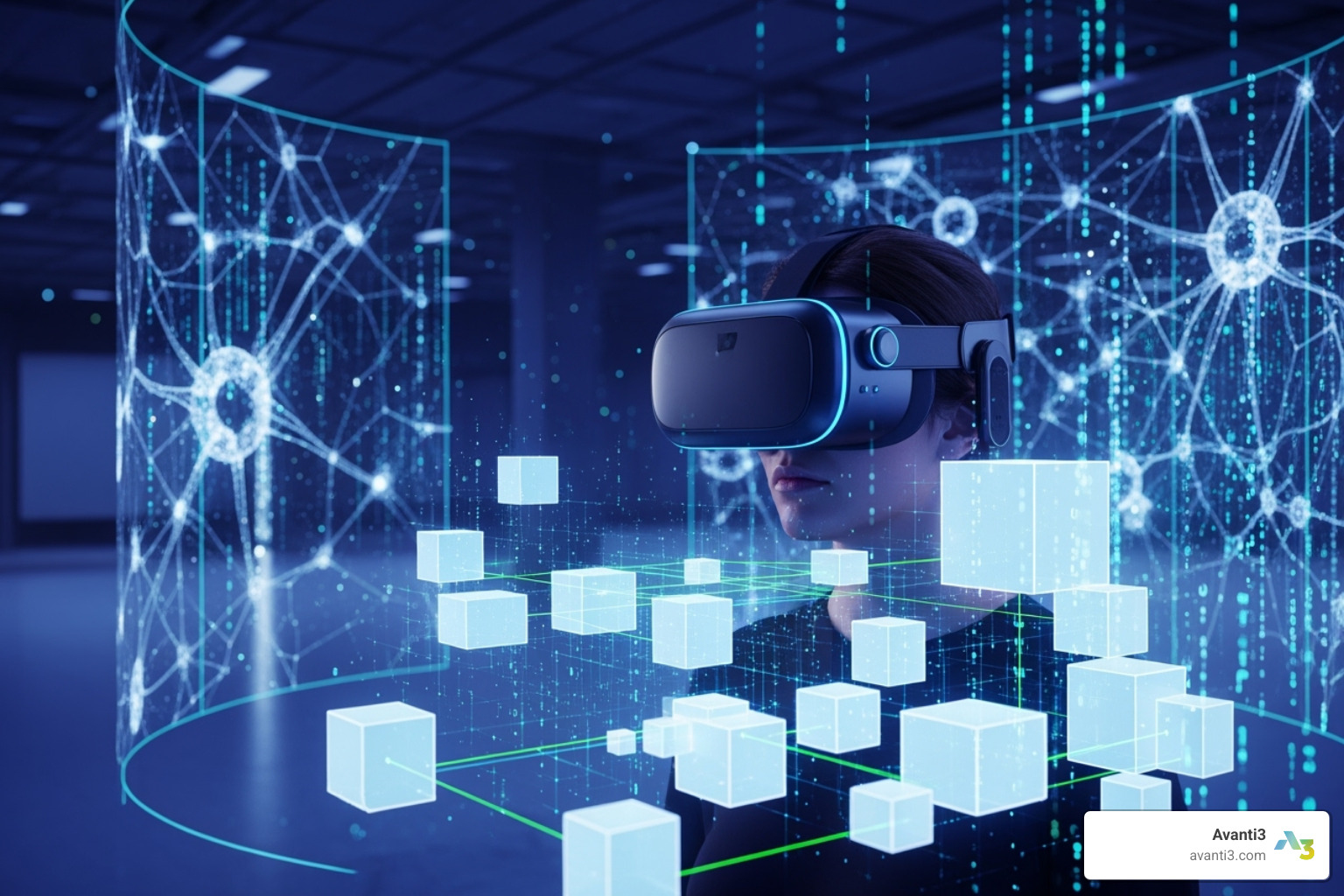
Web3 integration is the next exciting frontier. It emphasizes decentralization, user ownership, and blockchain technology. This enables true asset ownership, where your digital possessions—avatars, virtual land, or in-game items—become NFTs in VR that you can buy, sell, and trade. Our work with Augmented Reality NFTs demonstrates how this digital ownership is already changing creative industries.
Metaverse growth merges VR, AR, and XR into persistent, shared digital worlds where NFTs and social tokens can be integrated for ownership and community building.
AI-powered environments will make virtual worlds feel more alive. AI-driven content generation can create vast, varied landscapes, while intelligent NPCs will adapt to your conversations and actions, making interactions feel more real. Personalized experiences will adjust content based on your preferences.
The Web3 gaming market offers a glimpse into this future, with projections showing remarkable expansion to nearly $29 billion by 2030. The industry is also maturing, shifting focus from quantity to quality and robust infrastructure. This suggests a move toward more sustainable, well-built virtual experiences.
Challenges remain, including technical complexity, the need for simpler user onboarding for mainstream adoption, and regulatory uncertainty around digital assets. Interoperability—ensuring assets can move between platforms—is another hurdle for creating a truly open ecosystem.
However, these challenges pale beside the immense opportunities ahead. We’re approaching fully immersive, user-owned, AI-driven virtual worlds that offer new avenues for entertainment, education, commerce, and social connection. The line between physical and virtual continues blurring, creating richer, more meaningful experiences.
Conclusion: Building Your Immersive Future
From understanding the technology to exploring its applications, we’ve seen how a 3d experience vr is reshaping our digital landscape.
What once seemed like science fiction—walking inside a car engine or touring a home from its blueprints—is now a reality. It’s changing how automotive engineers collaborate, real estate agents sell properties, and medical students learn complex procedures safely.
The shift to customer engagement is remarkable. When customers experience products in a virtual space, conversion rates climb, training becomes more effective, and collaboration breaks free from physical constraints. It’s about feeling present.
We’re just getting started. The convergence of Web3, AI, and immersive experiences is opening new doors. Imagine owning appreciating virtual real estate or using AI for personalized training that adapts to your learning style.
At Avanti3, we’ve been watching these trends unfold, and more importantly, we’ve been building the tools to help creators and brands steer this new frontier. Our expertise in integrating NFTs, blockchain, AR/VR, and AI isn’t just about keeping up with technology – it’s about empowering you to create experiences that genuinely connect with people.
The future potential is truly limitless. Whether you’re looking to revolutionize your training programs, create unforgettable customer experiences, or build entirely new revenue streams through virtual environments, the tools and technologies exist today to make it happen.
Ready to step into this exciting world of possibilities? We’d love to help you explore what 3d experience vr can do for your vision.

